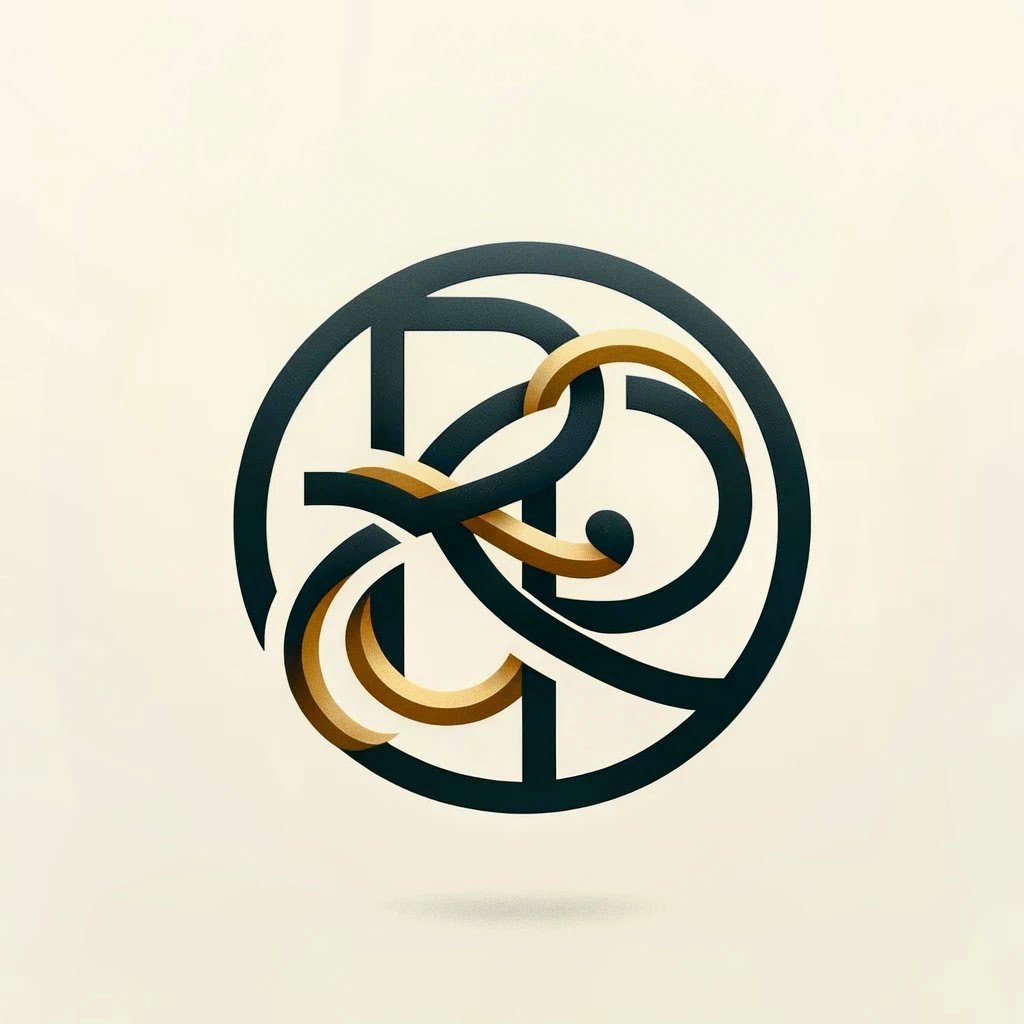Wearables 2.0: Impact of Android Wear on the existing wearable market
Hopefully by now, everyone has had the time to digest the news about Google's Android Wear announced a few months ago. Google I/O is upon us and there is expectation of the unveiling of the first set of Android Wear products from LG and Moto.In the third part of my multipart series on the second coming of wearables, I discuss the potential impact of Android Wear on other players in the smartwatch and fitness trackers segment. The LureAndroid Gear offers wearable manufacturers a simple and familiar interface to build their products with. It gives them a built in ecosystem that will be compatible with their smartwatches and other types of wearables and a large audience to consume compelling offerings. It is also rumored that Google will launch a Fitness toolkit not unlike Apple's recently announced HealthKit that will allow for tracking, and managing all the fitness information from various first and third party wearables. But the promise of one such ecosystem comes with the same set of challenges that Android comes with the challenge of differentiation.On one hand, Android Wear offers simple features to be built into products small enough that makes skinning and software differentiation tricky. On the other hand, it frees device makers from the shackles of the traditional form factors of phones and tablets and allows them to work on far more hardware variations and innovative design concepts. So there is enough of a incentive to build something unique but also the high risk of failing as too radical or too clunky. With this in mind, let us look at all the players and how Android Gear will make or break them.The Big PlayersIn the smartwatch segment, the market is almost non-existent. On one hand is the crowdfunded darling and current top of the heap, Pebble. Pebble's Kickstarter campaign is the story of legend and it has so far lived up to the initial hype. Many hundred thousand Pebbles have been sold and it has gained broad market adoption in a very small segment. The success of Pebble brought forth startups and big companies trying to capture the market before Google or Apple jumped in. Of these, Sony and Samsung standout. But both of them have had very limited success with their products.Sony and Samsung have released two generations of products to very limited success. In Sony's case, the first release was buggy and the second version of its Smartwatch is better, yet not compelling. Samsung's watches have been a tale of me too with a clunky footprint and a not so compelling interface. Both of them will eventually get it right, but for now, it should not be a challenge for products shipping with Android Wear to be better than the two. It is interesting to note that Samsung is planning to make its own Android Wear products.In the wearable tracker category, there are two major players. The first is FitBit, the SF based startup which has had good success with its FitBit One and Flex line of products. The second is Jawbone Up from Jawbone, another SF Bay Area startup. Both companies offer a niche set of products that ship a majority of the reported 10 million wearable units expected to be sold this year. But it is a low margin business that saw the exit of Nike earlier this year. So deep pockets doesn't necessarily translate to more sales. As Pebble, FitBit and Jawbone have demonstrated, compelling products with good design sells well.The UpstartsPebble warrants a mention in this category also. For all their success, they are a small scrappy startup from Palo Alto that used a crowdfunding platform to launch their product. Since then, they have picked up venture capital but they continue to remain significantly small compared to Samsung, Sony, Apple and the like.
The LureAndroid Gear offers wearable manufacturers a simple and familiar interface to build their products with. It gives them a built in ecosystem that will be compatible with their smartwatches and other types of wearables and a large audience to consume compelling offerings. It is also rumored that Google will launch a Fitness toolkit not unlike Apple's recently announced HealthKit that will allow for tracking, and managing all the fitness information from various first and third party wearables. But the promise of one such ecosystem comes with the same set of challenges that Android comes with the challenge of differentiation.On one hand, Android Wear offers simple features to be built into products small enough that makes skinning and software differentiation tricky. On the other hand, it frees device makers from the shackles of the traditional form factors of phones and tablets and allows them to work on far more hardware variations and innovative design concepts. So there is enough of a incentive to build something unique but also the high risk of failing as too radical or too clunky. With this in mind, let us look at all the players and how Android Gear will make or break them.The Big PlayersIn the smartwatch segment, the market is almost non-existent. On one hand is the crowdfunded darling and current top of the heap, Pebble. Pebble's Kickstarter campaign is the story of legend and it has so far lived up to the initial hype. Many hundred thousand Pebbles have been sold and it has gained broad market adoption in a very small segment. The success of Pebble brought forth startups and big companies trying to capture the market before Google or Apple jumped in. Of these, Sony and Samsung standout. But both of them have had very limited success with their products.Sony and Samsung have released two generations of products to very limited success. In Sony's case, the first release was buggy and the second version of its Smartwatch is better, yet not compelling. Samsung's watches have been a tale of me too with a clunky footprint and a not so compelling interface. Both of them will eventually get it right, but for now, it should not be a challenge for products shipping with Android Wear to be better than the two. It is interesting to note that Samsung is planning to make its own Android Wear products.In the wearable tracker category, there are two major players. The first is FitBit, the SF based startup which has had good success with its FitBit One and Flex line of products. The second is Jawbone Up from Jawbone, another SF Bay Area startup. Both companies offer a niche set of products that ship a majority of the reported 10 million wearable units expected to be sold this year. But it is a low margin business that saw the exit of Nike earlier this year. So deep pockets doesn't necessarily translate to more sales. As Pebble, FitBit and Jawbone have demonstrated, compelling products with good design sells well.The UpstartsPebble warrants a mention in this category also. For all their success, they are a small scrappy startup from Palo Alto that used a crowdfunding platform to launch their product. Since then, they have picked up venture capital but they continue to remain significantly small compared to Samsung, Sony, Apple and the like. In the HorizonThere will be a lot of threats big and small in the coming months and years. Two of them standout as intriguing - the much rumored iWatch from Apple and the also much rumored smartwatch from Microsoft. We will not go into detail on the latter since there is not much beyond speculation and rumors at this point.The iWatch seems to be real (one never knows with Apple). Looking at the HealthKit and all the recent Apple hires, it seems like Apple is all set to launch its wearable product(s) later this year. This will definitely shake up the market and hasten consolidation. It will also prompt incumbents to push the boundary of innovation to make their products standout against a behemoth like Apple. Android Wear will be a good weapon to use and allow for rapid product development in the wearable space to go up against Apple.Microsoft on the other hand is more guarded and given their technology expertise with Kinect and gaming, could come up with an interesting take on wearables.If Wear succeeds, it will offer the third alternative to Microsoft and Apple in the wearable OS ecosystem. Apple's software will be available for its own hardware which leaves Google and Microsoft to provide manufacturers, an API and ecosystem for wearable development. This will play out over the next year to 18 months. By early 2016, the wearable space should be smaller, yet with far more products and interesting applications.Other Posts in the Wearables 2.0 series:Wearables 2.0 - Introducing Android WearWearables 2.0 - Impact on social networking
In the HorizonThere will be a lot of threats big and small in the coming months and years. Two of them standout as intriguing - the much rumored iWatch from Apple and the also much rumored smartwatch from Microsoft. We will not go into detail on the latter since there is not much beyond speculation and rumors at this point.The iWatch seems to be real (one never knows with Apple). Looking at the HealthKit and all the recent Apple hires, it seems like Apple is all set to launch its wearable product(s) later this year. This will definitely shake up the market and hasten consolidation. It will also prompt incumbents to push the boundary of innovation to make their products standout against a behemoth like Apple. Android Wear will be a good weapon to use and allow for rapid product development in the wearable space to go up against Apple.Microsoft on the other hand is more guarded and given their technology expertise with Kinect and gaming, could come up with an interesting take on wearables.If Wear succeeds, it will offer the third alternative to Microsoft and Apple in the wearable OS ecosystem. Apple's software will be available for its own hardware which leaves Google and Microsoft to provide manufacturers, an API and ecosystem for wearable development. This will play out over the next year to 18 months. By early 2016, the wearable space should be smaller, yet with far more products and interesting applications.Other Posts in the Wearables 2.0 series:Wearables 2.0 - Introducing Android WearWearables 2.0 - Impact on social networking

